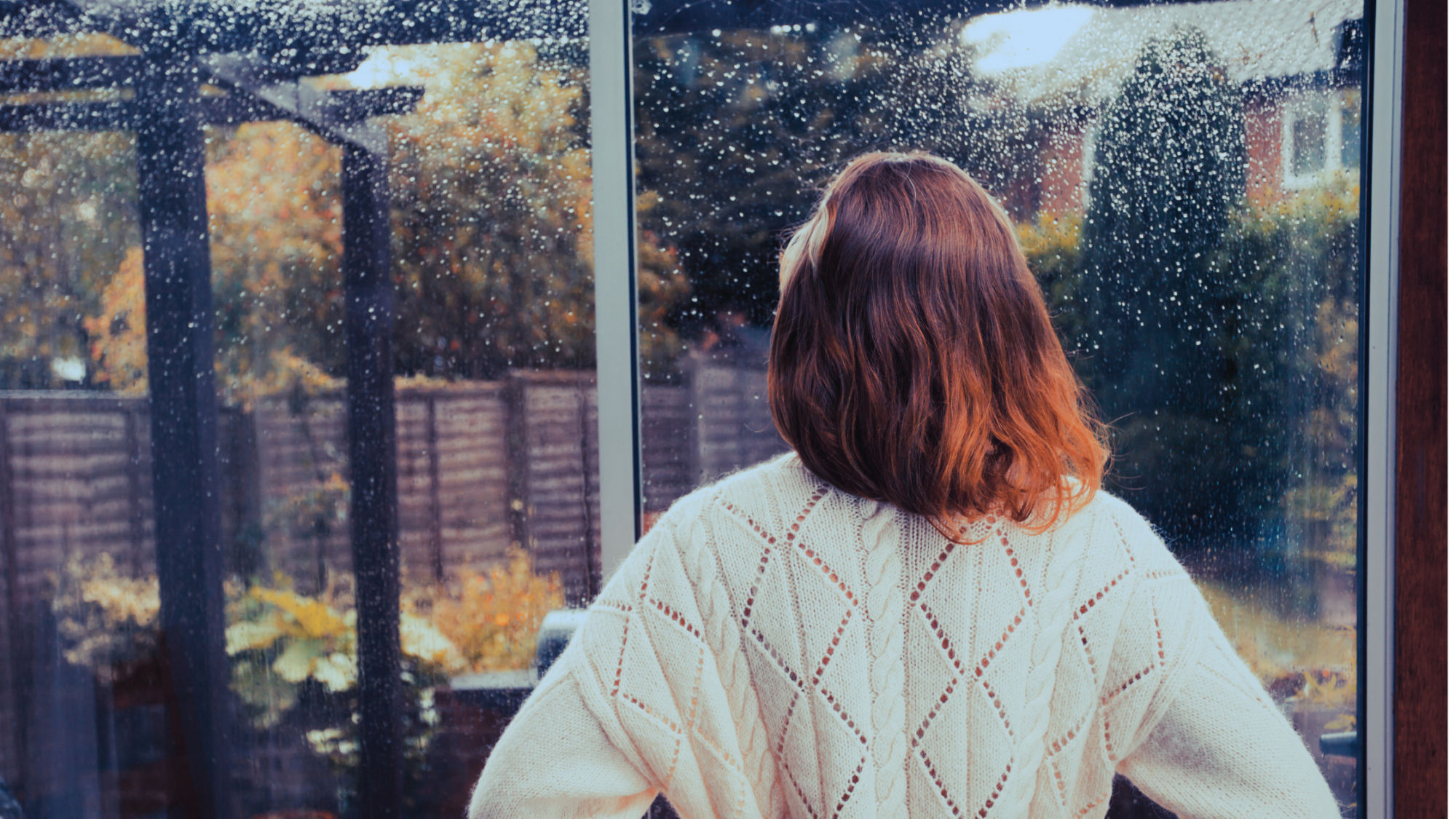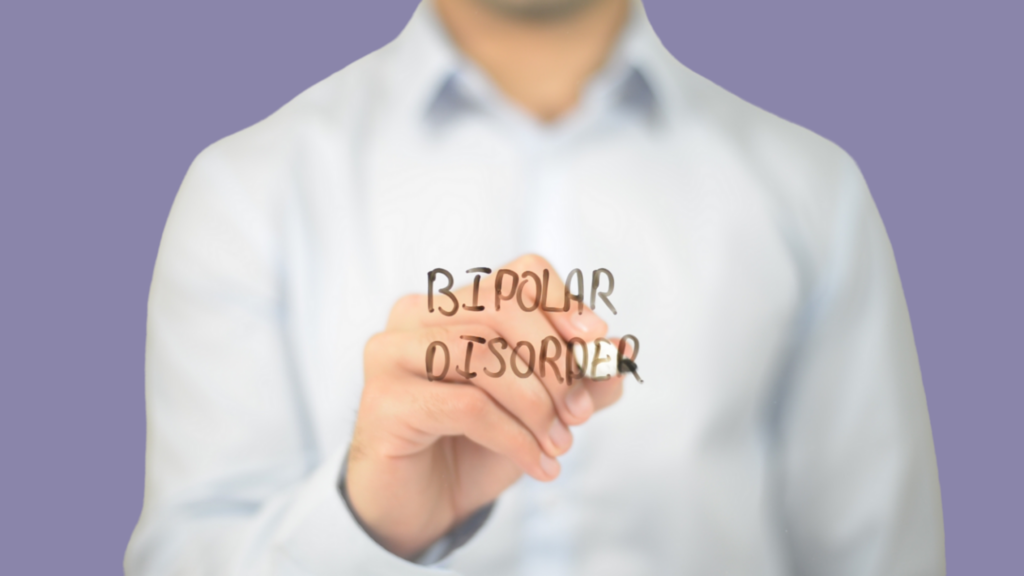
Depending on where you live, the changing seasons can feel like a dramatic shift. For some, the arrival of cooler air and falling leaves is a welcome break from the heat, signaling the approach of cozy holidays. But for others, the cold and gray days ahead can trigger a sense of dread.
It’s not just about missing the sunshine or preferring warmer weather—it can be a real, mood-altering experience. For many, the shift into fall and winter brings more than just a seasonal preference; it triggers symptoms that affect mental health and daily life.
Seasonal Affective Disorder (SAD) is a very real condition that impacts many people in tangible ways. The good news? Effective strategies and expert advice are available to help you navigate the darkest days of the year and keep your spirits lifted.

What is SAD?
Seasonal Affective Disorder (SAD) is a type of depression that typically occurs at specific times of the year—most commonly during the winter months when sunlight is in shorter supply. It’s more than just feeling “down” as the days get colder; SAD can significantly impact mood, energy levels, and overall quality of life. While its onset is often tied to the changing seasons, it’s important to recognize that the symptoms aren’t simply a natural response to winter—they are part of a clinically recognized form of depression that requires attention and care.
Common Symptoms of Seasonal Affective Disorder
The symptoms of SAD are similar to those of major depressive disorder, but they tend to occur at specific times each year, usually in the fall and winter. Common symptoms include:
- Fatigue: A persistent feeling of exhaustion, even after adequate rest.
- Irritability: Increased frustration or mood swings, often over small matters.
- Changes in Sleep Patterns: Oversleeping or trouble waking up in the morning.
- Weight Changes: Cravings for carbohydrates, leading to weight gain or a loss of appetite.
- Loss of Interest: A decreased interest in activities that are typically enjoyable, such as hobbies, socializing, or even work.
While these symptoms can be severe, they are treatable with the right interventions. Understanding why these symptoms occur is key to finding effective solutions.
“The defining feature of SAD, distinguishing it from general depression, is its recurring seasonal pattern, where symptoms such as low mood, fatigue, and changes in sleep and appetite worsen during the darker months and significantly improve as daylight hours increase,” notes Dr. Lynn Spillar, an outpatient psychiatrist at Geode in Texas. “While most people with SAD experience a remission of symptoms in the spring and summer, some may have residual issues that can be managed with care from a mental health professional.”
Why the “Winter Blues” Aren’t Just in Your Head
The symptoms of SAD are not merely psychological—they’re rooted in biological and physiological changes that occur in response to the changing seasons. A key factor is reduced exposure to sunlight during the shorter winter days. This lack of sunlight impacts the brain’s production of serotonin, a neurotransmitter essential for regulating mood, appetite, and sleep.
These biological shifts show that the ‘winter blues’ are more than just a mindset—they’re caused by tangible changes in brain chemistry and physiology.
Understanding and Addressing SAD
Recognizing the underlying factors contributing to Seasonal Affective Disorder is the first step toward treatment. Whether through light therapy, psychotherapy, medication, or lifestyle adjustments, individuals with SAD can manage and mitigate symptoms. It’s essential not to dismiss feelings of sadness or fatigue as merely a seasonal inconvenience—taking proactive steps toward understanding and addressing the condition is key.
Why Does Seasonal Affective Disorder Happen?
The hustle and bustle of the season often leads to neglecting self-care. Taking time for yourself is essential for enhancing overall well-being and happiness. Unfortunately, mShorter days and reduced sunlight exposure during the winter months disrupt the body’s internal clock and chemical processes, leading to significant mood disturbances. For those with SAD, these disruptions can make it difficult to maintain regular energy levels, mood stability, and healthy sleep patterns.
Our circadian rhythms, or internal clocks, regulate a wide range of biological processes, including sleep-wake cycles, hormone release, and body temperature. These rhythms are largely influenced by the natural light-dark cycle of the day. Essentially, our bodies are programmed to follow the sun’s cues—waking up with the sunrise, becoming alert during daylight hours, and feeling sleepy as darkness falls.
This balance can be disrupted in the winter with shorter and less intense sunlight. For people with SAD, the lack of light can throw off circadian rhythms, impacting mood regulation and overall well-being.
Light exposure is crucial in regulating these rhythms. In the morning, exposure to natural light helps reset the circadian clock, signaling the brain that it’s time to wake up and become alert. This boosts the production of neurotransmitters like serotonin, which helps stabilize mood and regulate sleep patterns. However, during winter, limited daylight often means the body doesn’t get enough natural light to maintain this healthy rhythm.
When light exposure is insufficient, it can lead to:
- Delayed Sleep Phase: Disrupted sleep patterns lead to excessive daytime sleepiness and insomnia.
- Lower Serotonin Levels: Less sunlight means decreased serotonin, linked to sadness, fatigue, and difficulty concentrating.
- Disrupted Melatonin Production: Melatonin, the hormone that regulates sleep, can also be thrown off by reduced light, contributing to lethargy and poor sleep.
Light therapy is an option to help those suffering from SAD. Dr. Spillar explains, “The light intensity, not spectrum, is critical for an antidepressant effect. It’s important to talk to your mental health provider about proper implementation of light therapies to treat seasonal affective disorder.”
Who’s at Higher Risk for Seasonal Affective Disorder?
While anyone can experience SAD, certain factors increase the likelihood of developing it. Genetics play a role, as individuals with a family history of depression are more prone to SAD. Biological factors, such as serotonin and melatonin imbalances, also make people more vulnerable to mood changes during the darker months.
Environmental factors like long winters and limited sunlight further elevate the risk. People living in northern latitudes, where daylight is scarce, are more likely to experience SAD.
Additionally, social isolation during winter—due to colder weather or fewer social activities—can worsen feelings of loneliness and depression. Women and younger adults are also at higher risk, with women particularly susceptible due to hormonal fluctuations.
Understanding these factors is essential for identifying those needing extra support during the winter months.
How Working with a Mental Health Provider Can Help
If you’re struggling with Seasonal Affective Disorder, help is available. With the right support, you can anticipate and manage symptoms, making each winter easier to navigate. Early intervention is vital, and mental health providers play a critical role in identifying and treating SAD, so you don’t have to face it alone.
Geode’s online booking tool makes booking an in-person or virtual appointment easy—typically within a week—so don’t wait until symptoms become unmanageable. Being proactive will work to your advantage, especially if you’re already aware that you’re susceptible to SAD.
Early Detection & Diagnosis
The first step in managing Seasonal Affective Disorder (SAD) is recognizing it. While many people experience seasonal mood changes, SAD is characterized by persistent and severe symptoms that go beyond the typical winter blues. A mental health professional can help differentiate between ordinary seasonal fluctuations and a more serious condition, and early diagnosis is crucial for better outcomes.
Dr. Abimbola Akanji-Mapp, an outpatient psychiatrist at Geode in North Carolina, emphasizes the importance of recognizing the difference between seasonal mood changes and SAD. She shares, “Recognizing the difference between seasonal mood changes and SAD allows us to begin treatment early, preventing symptoms from escalating.” She also notes that early intervention is key, explaining, “It sets the stage for long-term success in managing the disorder.”
SAD is often recurrent, meaning it can return each winter. Breaking this cycle is essential for maintaining optimal health year-round. One proactive step is to establish healthy routines, such as regular bedtimes and wake-up times, which help regulate the internal clock, even during the winter months.
Dr. Akanji-Mapp further emphasizes the importance of staying socially connected, even during the dreary days of winter. She advises, “It’s important to make a conscious effort to stay connected socially and engage in enjoyable activities with friends and family to prevent isolation.” In addition to social engagement, she stresses that maintaining a healthy lifestyle—through good nutrition, regular exercise, and time outdoors—can greatly contribute to overall well-being. She adds, “Eating healthily, exercising, spending time outdoors, and taking care of ourselves all contribute to an overall sense of well-being.”
Therapeutic Approaches
Mental health providers offer a range of effective treatments tailored to each individual’s needs. Some of the most common therapeutic approaches include:
- Cognitive Behavioral Therapy (CBT): Helps individuals reframe negative thinking patterns exacerbated by shorter, darker days.
- Light Therapy: Mimics natural sunlight, helping to reset circadian rhythms, boost serotonin production, and improve mood and energy levels during the winter months.
- Medication: In some cases, antidepressants such as SSRIs may be necessary to help balance serotonin levels.
- Building Coping Skills: Therapy helps clients build resilience through mindfulness, exercise, and social engagement—key strategies for managing symptoms.
Dr. Spillar notes, “Most patients with SAD benefit greatly from light therapy, but effective treatment often involves a combination of therapeutic approaches. Over time, patients learn preventive measures through experience, education, professional guidance, and self-awareness to manage their symptoms.”
Beyond Treatment: Prevention and Self-Care Tips
While treatment is essential for managing Seasonal Affective Disorder, prevention and self-care can help you stay ahead of SAD. Building healthy habits throughout the year makes it easier to navigate the colder months without feeling blindsided. Here are some strategies to incorporate into your life to keep SAD at bay:
Mindfulness & Stress Management
Mindfulness techniques—like deep breathing, meditation, or grounding exercises—can combat negative thought spirals and help you stay present.
“Mindfulness is a powerful tool in managing the emotional challenges of SAD,” says Dr. Akanji-Mapp. “It allows clients to step outside of negative thought patterns, fostering a sense of calm and perspective. Mindfulness encourages self-compassion, especially important when feelings of isolation and low energy intensify during winter.”
Creating a Light-Filled Space
Maximize natural light—open blinds, clear windows, and spend time outdoors during daylight hours. Light therapy lamps can also help regulate circadian rhythms. Add bright, welcoming colors to your home—think warm blankets, cheerful pillows, and vibrant artwork—to create an energizing atmosphere. Try placing a light therapy lamp by your desk or in your living room.
The Power of Community & Connection
Staying socially connected is vital for emotional well-being, especially when dealing with Seasonal Affective Disorder (SAD). Even if you don’t feel like it, regular social interactions are key to preventing loneliness. As Dr. Akanji-Mapp explains, “Isolation can be one of the most harmful aspects of SAD. Staying connected with others, whether in person or virtually, creates a support network that helps combat the loneliness and disconnection that SAD can bring.” To protect your emotional health, it’s important to be proactive—think about the activities that bring you joy and make an effort to engage in them, whether alone or with others.
Therapist-Patient Collaboration
A strong therapeutic relationship is key to managing SAD. Working with a provider helps create a safe space to explore feelings and develop personalized coping strategies. Dr. Akanji-Mapp says, “I collaborate with my clients to create individualized treatment plans that combine therapy, healthy habits, and, when appropriate, medication.”
The Light at the End of the Tunnel
If you’re struggling with Seasonal Affective Disorder, it’s important to remember that you’re not alone, and help is available. SAD is treatable, and with the right support, you can manage its symptoms and regain your sense of well-being. Mental health professionals who specialize in seasonal mood disorders are equipped with strategies—whether through therapy, medication, or lifestyle changes—to help you through even the darkest months. Brighter days are within reach with early intervention and the right coping tools.
Take action now, and begin your journey toward feeling better, no matter the season.
Don’t wait to feel better. Schedule a session with a Geode Health provider to explore personalized treatment options for SAD or any seasonal mood challenges you may face. Book an appointment at book.geodehealth.com


